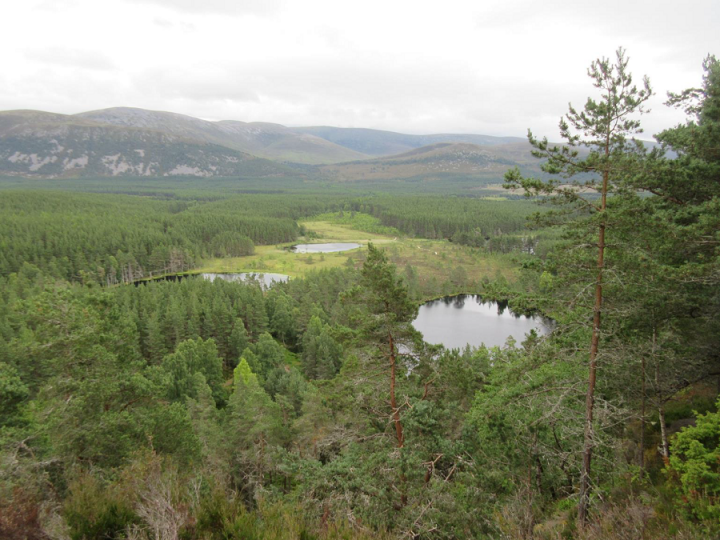Blight on Scottish forests - Overseas pine threat to native species
Exotic pine tree species planted next to native Scots Pine forests should be removed to limit the risk of disease to native trees, new research suggests.

Scientists from Scotland’s Rural College (SRUC) and the University of Edinburgh have completed an in-depth study to show how increased numbers of Corsican Pine from Europe and Lodgepole Pine from North America are heightening the risk of disease when planted next to native Scottish Pine species.
Plant researcher Peter Hoebe (SRUC) and Honorary Fellow Richard Ennos (University of Edinburgh) have found the widespread planting of exotic species in dense forests has introduced new races of fungi and raised the threat posed to native Scots pine.
The scientists studied genes in fungi attacking pine needles from a number of locations, including forests around Aviemore, to determine the diversity and spread of the fungus Dothistroma septosporum. This disease is responsible for the current outbreak of Dothistroma needle blight (DNB) in native Caledonian Scots pine populations, as well as other species.
Having found that the widespread planting of Corsican Pine and Lodgepole Pine can place native species at greater risk of disease, they have said that the removal of exotic species from the vicinity of Caledonian pine populations and the restriction of movement of planting material are necessary to minimise its impact.
“This extensive study involved collecting hundreds of needles from forests around Scotland. In many cases, needle blight itself doesn’t necessarily kill the trees, but the loss of needles affects the growth of mainly young pines. While introducing exotic species to Scotland can sound very appealing, there are distinct risks involved. Planting exotic species related to native species reduces rather than enhances the resilience of forests to pathogens.”
“Our extensive study sheds new light on the risks associated with the introduction of exotic species in general, and valuable insight into how the current needle blight outbreak might be better managed.”
The project was funded jointly by a grant from BBSRC, Defra, ESRC, the Forestry Commission, NERC and the Scottish Government, PROTREE, under the Tree Health and Plant Biosecurity Initiative.

